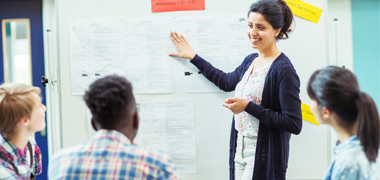
How do I become a history teacher
Get qualified to work as a history teacher with a course recognised across Australia. Speak to a training provider to learn more.
Related career opportunities
Browse occupations related to History Teacher.
Common questions
Further reading


How To Become a Primary School Teacher in Australia
24th September 2022
What Does an ESL Teacher Do?
21st December 2022History Teacher careers
History Teachers work at high schools and middle schools across Australia. They teach a mix of local, state/territory, national, regional and world history — plus encourage students to research their own personal and family history.
As a History Teacher you’ll be developing lessons and activities in accordance with the Australian Curriculum (History). At the same time you’ll be maintaining discipline in the classroom, fostering the interest of your students, grading homework and exams, recording test results, liaising with parents, and maintaining scholastic records.

